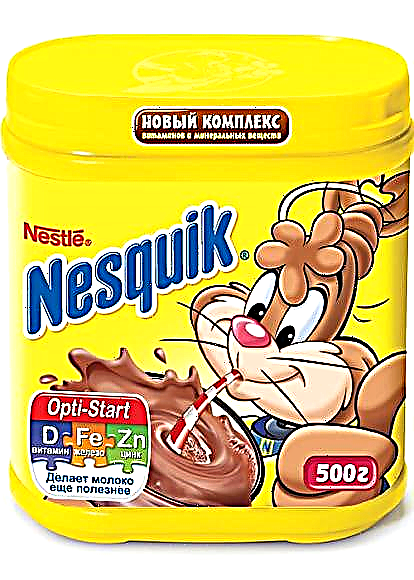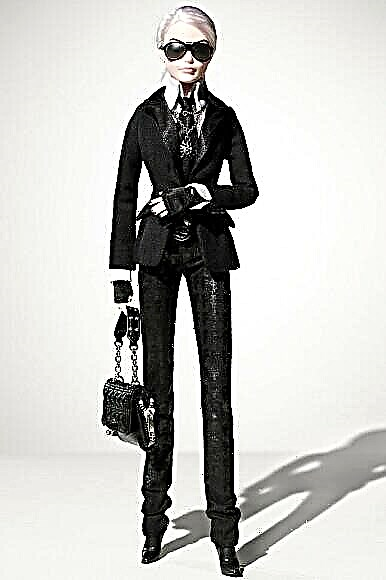Color, composition, texture, print or its absence - we understand what to look for, choosing materials for basic things.

To assemble a well-functioning basic wardrobe is as necessary and important as a difficult one. For example, it happens that a dress or skirt that has perfectly sat down when trying on in a store is sewn from a fabric that does not entirely satisfy our color or is simply not of very high quality. Or the fabric is good - but the cut does not fit. But those who sew clothes with their own hands have an undeniable advantage: the ability to choose the perfect material for the perfect pattern.

The choice of fabric for basic things should be especially careful. After all, the base is the clothes that we wear most often and expect to wear for a long time, at least for several seasons. I want her to not only like us, decorate us, combine well, but also be pleasant to wear and easy to care for. All of the above to a large extent depends on the right choice of fabric.
So, what should I look for when choosing materials for things in a basic wardrobe? Take an off-season minimum set of basic things: a jacket, jeans, a blouse, shirt, dress, sweater or cardigan, trousers, a pencil skirt, and we will use them as examples.
Burda Podcast: What is a Basic Wardrobe and What Should It Include?
Checklist for choosing fabrics for basic wardrobe items:
1. Color

Traditionally, for the base it is recommended to choose achromats (black, white, gray) and neutral calm colors (dark blue, burgundy, all natural shades). Most often, you can agree with this: if you feel most comfortable in the things of these colors, then they will make up a good base. But if you like bright colors, for example, red, electric or juicy ocher, and your wardrobe is designed so that new things in these shades will combine well with existing ones - why not.
The second point is the color matching of the selected item. White and its shades are ideal for a basic shirt. For basic jeans - classic blue or blue. For a sweater - milk, gray or beige, and so on. These existing rules, of course, can be violated. But it is worth remembering that, for example, white trousers or jeans as a base will be difficult to use because of their impracticality. A black shirt can be bored in the closet, because this color is not always good on the face, depriving it of freshness.
Burda Podcast: A Basic Wardrobe, Part Two
2. Print or lack thereof

Many stylists take strictly the use of printed fabric for basic things, saying categorically no to the drawing. Of course, plain things are easier to use as a base: they are easier to combine. But firstly, drawing a drawing is different. If we sew a pencil skirt from, for example, dark blue or gray material into a thin elegant strip or trousers from a small goose foot, these things have good chances to become basic. Secondly, your personal preferences are important. If you like prints and know how to combine them, clothes with a pattern will fall into your base one way or another.
8 signs of a perfect base dress
3. Invoice

The choice of textured fabrics for basic wardrobe items has also developed an ambiguous attitude. Yes, the texture to a greater or lesser extent deprives the material of neutrality, gives it originality and character. The texture may imply additional volume, friability, blurred lines, mobility. Perhaps, in the case of a pencil skirt or a trouser pipe, we do not need this.But if we sew as a base, for example, a jacket or dress in the Chanel style, we can not do without the famous texture! A delicate texture, for example, on fabric for a shirt, can make a model more interesting, without preventing it from remaining basic. In a word, one should be guided by the situation, correlating the material and the selected model.
We compose a basic wardrobe: 12 necessary items
4. Composition and quality

One of the most important items on the list. Basic things are the main burden in our wardrobe. We wear them often and want them to serve for a long time. Therefore, it is logical for these clothes to choose high-quality materials with the optimal composition for you (and for the selected model). You won’t give general recommendations here: someone can’t stand the synthetics, someone is allergic to wool, and so on. Of course, miracles do happen, and a very inexpensive fabric can be beautiful, durable and beautiful to wear. But usually for high-quality material you have to pay more than for low-quality. And it is usually worth it and pays off, especially in the case of basic things. Read more about this in our material about Cost per Wear, or the real value of things:
Cost per Wear - the real value of things
Basic wardrobe in English
5. How will a thing from the selected fabric behave when worn?

One can’t guess this one hundred percent, but much can be predicted, at least considering the previous paragraph. For example, a pure viscose blouse will wrinkle heavily. A jersey cardigan with a high percentage of acrylic can stretch out and become covered with spools. A dress made of synthetic fabric can be electrified. From basic things you want comfort and durability, rather than frustration and inconvenience. Therefore, before sewing, it is better to check the material: how much it wrinkles, whether it is painted, is not prone to peeling, how well it takes its original shape after deformation.
How and what to wear with basic black pants
6. How simple is the thing from this fabric to care for?

This item is also about our comfort and convenience - how easy it will be for us to take care of the finished thing from the selected fabric. First of all, is it possible to use machine wash. If the thing is basic, we will wear it often, which means we will wash it often. Doing it manually or using dry cleaning every time is not too convenient. The second point is whether the ironing is supposed and how simple it will be in relation to the thing from the selected fabric.
7 signs that it's time to update your wardrobe
7. How high quality can I sew a thing from this fabric?

If we sew the basic thing, and do not buy ready-made items in the store, this question is also worth asking yourself. Especially for those who have little experience or have never worked with the selected material. First of all, we are talking about fabrics that are difficult to work: thin, delicate, very shedding, overly mobile, loose, with a print that needs to be taken into account. If you have doubts, but I really want to sew a thing from this fabric, it’s better to work out - on the patches of the selected complex fabric, improving the technique, and on simpler material, stitching the layout.
Photo: Burda, Pixabay
How to wear a vest in winter: 7 options
What are long and short trends?
What should be longer: dress or coat?
Winter palette: 9 breathtaking color combinations
6 most fashionable sweaters of the winter 2019−2020



